Editor’s note: JT (Jenichen / Tichavsky) potency is often mentioned in these columns. It is a centesimal dilution followed by 500 succussions or five hundred continuous turns with a wooden stick to the right and 500 turns to the left (if handling larger volumes). The JT potency frequently has a better reaction in plants and it is very important in preparation of live bionosodes.
Dear Dr. Tichavsky,
We have mandarin and lime and some lemon citrus trees in Bloomsbury, QLD, which is 80km’s north of Mackay, Australia. There is black fungus and white fungus – could be lichen? – and an orange fungus.
We get reasonably good rainfall during summer, (although not as good for the last 10 years) high maximum temps of up to 38 degrees in summer and lows at night of down to around 5 degrees, sometimes lower, in winter. Monsoon rains in summer and dry winters with some winter rain.
There are yellowing leaves, could be borers in branches causing the trunks to rot, but flowers profusely, a lot of fruit. Fruit is good – big and juicy. Skins are good not too thick on the lemons. SEE PHOTO BELOW:
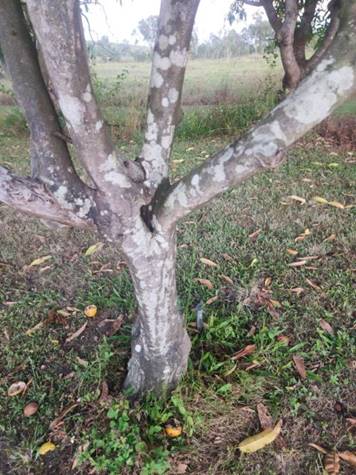
Many thanks.
Jacqueline
Dr. Radko Tichavsky:
Dear Jacqueline,
In the attached photograph, lichens can be observed. They are epiphytic organisms that grow on the surface of other organisms, such as trees, without causing significant harm. Lichens are a symbiosis between fungi and algae (or cyanobacteria).
In the case of epiphytic lichens, they obtain the necessary nutrients and moisture for their survival from the air, rain, and organic debris that accumulate on the tree trunk, without causing significant damage to the host plant.
Additionally, they offer protection to the tree against certain insects, fungi, and pathogenic bacteria, and can even induce systemic resistance and promote better adaptation to periods of drought. They also provide additional protection to the tree against excessive solar radiation.
As a prophylactic and preventive measure, you can apply Thuja occidentalis 6 CH spread on the trunk, and add Salix babylonica 4 JT to the irrigation once a month.
Hello Dr. TIchavsky
I’m wondering if there is a remedy for Guava Moth. It started in Australia and came over to New Zealand about 6 years ago. It attacks lots of fruit trees throughout the year. Here in Auckland NZ, (Zipcode 0612) the climate is subtropical with warm humid summers and mild damp winters The average daily maximum temperature is 14.7 °C (58.5 °F) in July. We get 1190 mm of rainfall.
Thank you
Clifford Davies
Dr. Radko Tichavsky:
Dear Clifford,
First, I must clarify that the term “Guava moth” can refer to several species, but based on your location in New Zealand, it is most likely referring to Coscinoptycha improbana. This insect, originally from Australia and now widespread in New Zealand, has been relatively less studied compared to other “guava moths” in the Americas.
You can use Artemisia absinthium 4 JT, which contains Absinthin, Alpha thujone, and Rutin, toxic to the larvae.
Pteridium aquilinum 4 JT, prepared from the leaves of this fern, contains hydrogen cyanide and Rutin, two toxic compounds against the larvae. Both remedies should be mixed with neem oil (Azadirachta indica) as adjuvants before dynamizing them in non-chlorinated water.
Hello Dr. Tichavsky,
I’m getting very frustrated with the infestation of tropical or fall Army Worms we have being ravaged by in New Zealand. The are eating the leaves of everything in the garden. We are in Atiamuri (ZIP 3078). The rain falls for 126.6 days and collects up to 246mm (9.69″) of precipitation. The average temperature fluctuates between 3.8°C (38.8°F) and 12.3°C (54.1°F)
Thank you
Helen Girard
Radko Tichavsky:
Dear Helen, against the Spodoptera sp., commonly known as Army Worms, you can use Azadirachta indica 3 JT, prepared from the essential oil of this tree. Artemisia absinthium 3 JT is also a homeopathic remedy with significant efficacy against the larvae and adults of Spodoptera.
Calendula officinalis 3 JT can deter the presence of this insect in your garden. Also, Piper nigrum 3 JT, prepared from freshly ground seeds of black pepper and soaked in 30% ethyl alcohol for one week. Then it is subjected to dynamization and sprayed in the evening on the affected areas.
Piper nigrum contains flavonoids, alkaloids, tannins, polyphenols, terpenes, and sesquiterpenes, which are repellent substances for Spodoptera. But above all, it contains piperine in the range of 5000 to 90,000 ppm.
Piperine is an alkaloid classified as a long-chain amide and is responsible for the characteristic spicy flavor of black pepper. Piperine reduces food intake and larval growth of Spodoptera, and has toxic effects on Spodoptera larvae, causing a noticeable decrease in survival and larval weight. Additionally, this homeopathic remedy will reduce the presence of mosquitoes in your garden.
Dear Dr. Tichavsky,
The squash bugs are back! What remedy can I use to get rid of these squash crop destroyers?!! We are in Camden, NJ, Eastern U.S Hardiness Zones 6b and 7a. (zipcode) 08104. Moderate weather and temperatures.
Thank you
Nancy Carter
Dr. Radko Tichavsky:
Dear Nancy,
To deter squash bugs (Anasa tristis), you can use Calendula officinalis at potency 3 JT. It can also be helpful to plant Tropaeolum majus nearby as these plants act as a trap for squash bugs, attracting them towards them and away from the squash plants.
Additionally, Allium cepa 3 JT, Allium sativum 3 JT, Ruta graveolens, and Lavandula officinalis at the same potency also repel squash bugs. Azadirachta indica 6 CH can be used with Ricinus communis oil as an adjuvant.
You can also prepare a live bionosode from the rhizomes of Zingiber officinalis as it contains a pathogenic bacterium for these insects: Serratia marcescens. The bionosode should be applied as a spray in the evening.
BOOKS ON HOLOHOMEOPATHY
Many readers asked about Dr. Radko Tichavsky’s books. Below is a photo of them. They are available in Spanish, Italian and Portuguese. For ordering or information: [email protected]
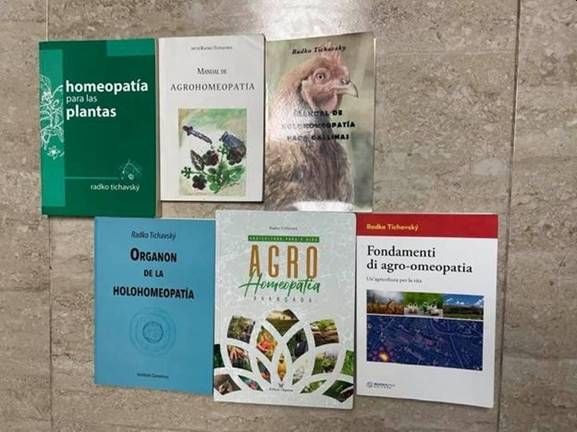
New Video from Dr. Radko Tichavsky!
In this video, renowned Agrohomeopath Dr. Radko Tichavsky explains Holohomeopathy, the more advanced method of agrohomeopathy: https://youtu.be/GUUoO6Lt-U8 (English subtitles)



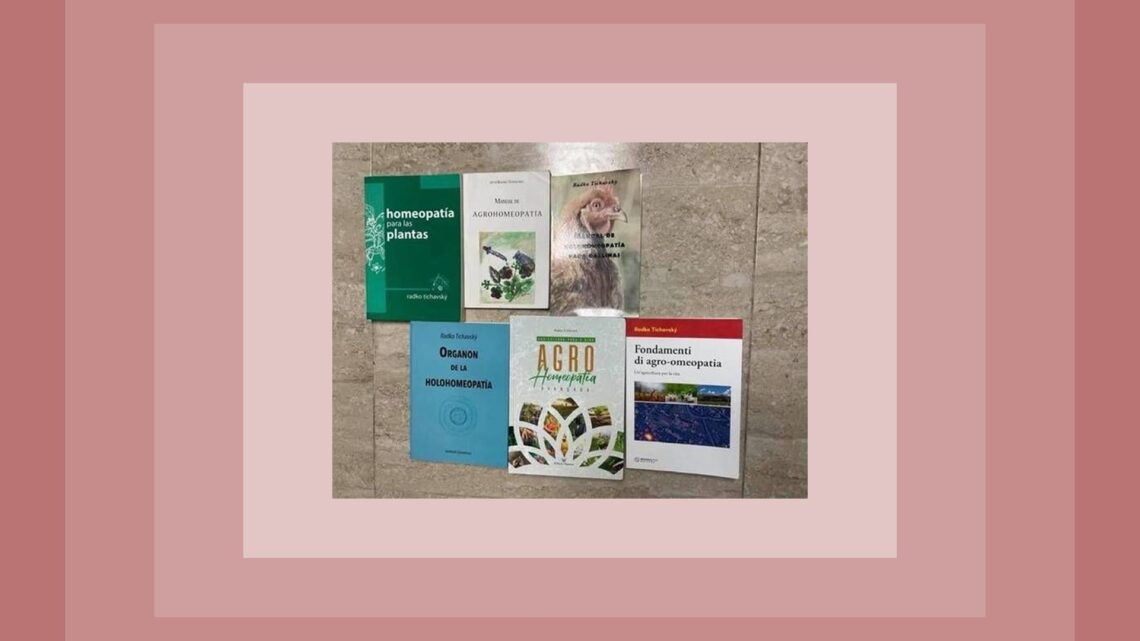
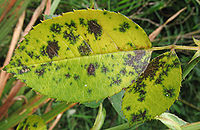

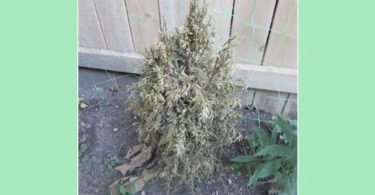
Where could we purchase JT potencies? Or is it just as well to make them ourselves from a C potency? In US. Thanks.
Thank you, for free information. Fixed incomes are difficult to work with. I wonder any info where I can purchase tabacon plant?